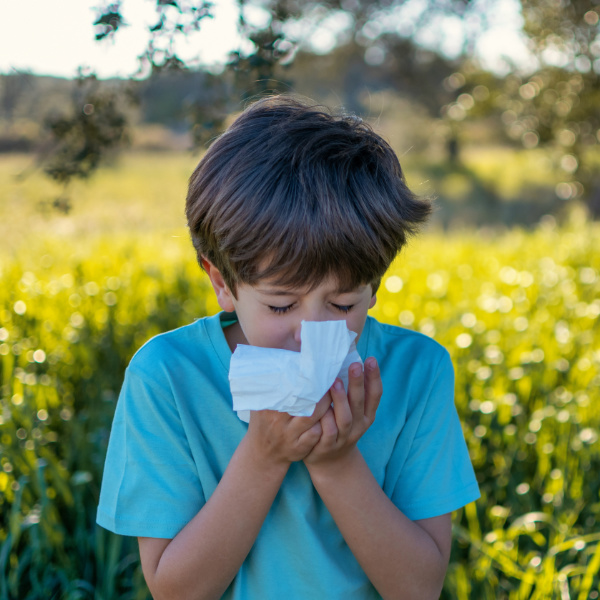Are My Symptoms Due to Asthma?
Asthma is one of the most common chest conditions in young people — affecting over 1 in 10 children and teenagers in the UK. It can cause ongoing breathing problems, which may affect daily life, sleep, school, and confidence.
If your child has regular breathing symptoms, it’s important to consider whether asthma could be the cause — and whether a referral for specialist assessment is needed.
Signs That Could Point to Asthma

If your child frequently experiences any of the following, it may suggest asthma:
- A whistling noise when breathing out (called wheeze)
- Shortness of breath during activity or at rest
- A feeling of tightness in the chest
- A dry cough, especially at night or early morning
These symptoms may come and go — often triggered by:
- Exercise
- Cold air
- Dust, pollen or pets
- Viral infections like colds
Should I Consider a Referral?
Many families wait too long before getting the right diagnosis and treatment. A specialist review with Professor Atul Gupta, a Consultant in Paediatric Respiratory Medicine, can help:
- Confirm if asthma is the correct diagnosis
- Rule out other causes (such as chronic cough, allergy, or airway problems)
- Create a personalised treatment and asthma action plan
- Improve quality of life — reducing flare-ups, A&E visits, and missed school days
Professor Gupta offers comprehensive asthma assessments for infants, children, and young people — including advanced lung function testing, FeNO, allergy testing, and personalised medication plans.
When to Refer or Self-Refer
You should consider a referral to Professor Gupta’s clinic if your child has:
- Ongoing breathing symptoms despite using an inhaler
- Frequent wheeze, cough, or shortness of breath
- Difficulty with exercise or sleep due to breathing
- Needed steroid tablets or urgent care more than once in the past year
- A family history of asthma or allergy, and similar symptoms
- Parental anxiety about persistent respiratory symptoms
We welcome referrals from GPs, paediatricians, and self-referring families.
